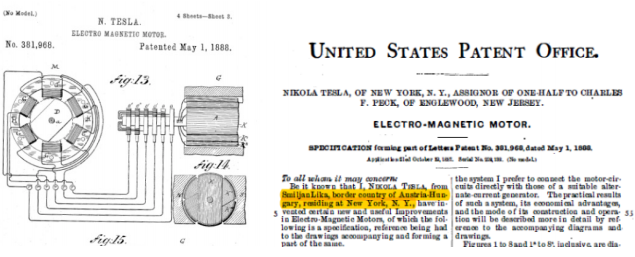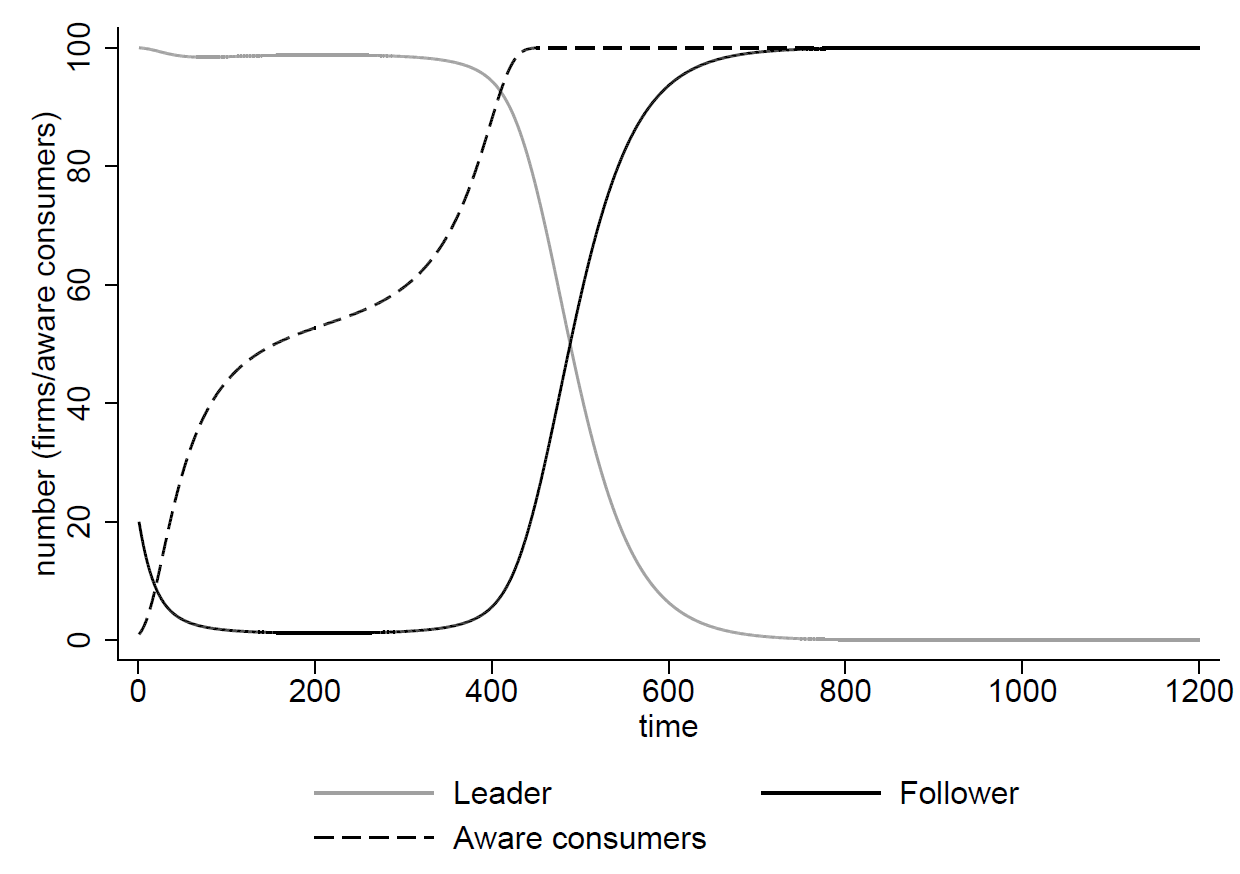Dario Diodato, Ricardo Hausmann, and Frank Neffke (2023), Journal of Urban Economics Vol.135
How does return migration from the US to Mexico affect local workers? Return migrants increase the local labor supply, potentially hurting local workers. However, having been exposed to a more advanced U.S. economy, they may also carry human capital that benefits non-migrants. Using an instrument based on involuntary return migration, we find that, whereas workers who share returnees’ occupations experience a fall in wages, workers in other occupations see their wages rise. These effects are, however, transitory and restricted to the city-industry receiving the returnees. In contrast, returnees permanently alter a city’s long-run industrial composition, by raising employment levels in the local industries that hire them.









